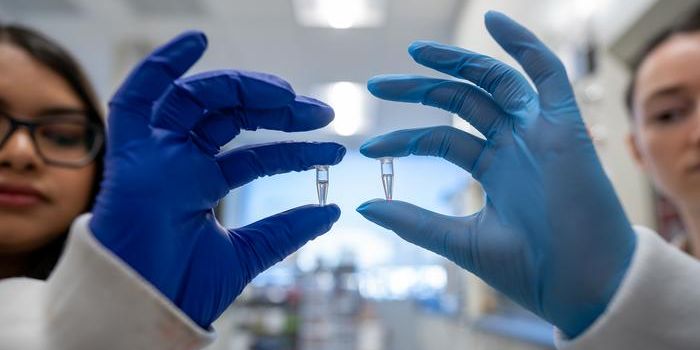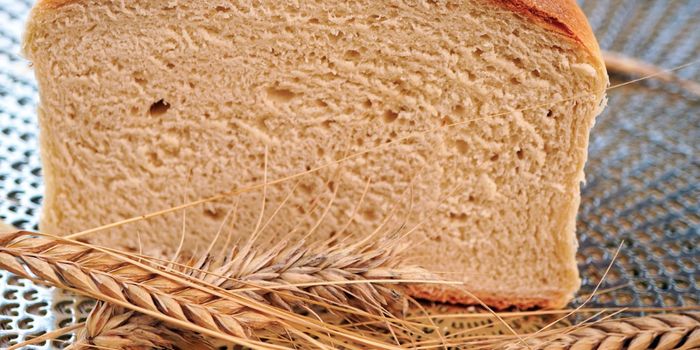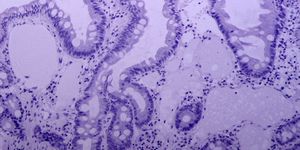Diet has a Major Impact on the Gut Microbiome
There is a lot of research that has linked the community of microbes we carry in our bodies to our health. New work by researchers at Stanford has shown how variations in diet can have a major impact on the microbial community in our gastrointestinal tract, also known as the gut microbiome. This work, which was reported in Science, reflects how the modern Western diet has had likely had a big influence on the microbial species in our guts.
This study followed the changes in the gut microbiome of the Hadza, one of the last remaining hunter-gatherer tribes in the world. Living in the Rift Valley of Tanzania, they have a seasonal diet. Assessments by the scientists showed that the microbial species they hosted in their guts changed according to the changes in their diet.
“Surviving hunter-gatherer populations are the closest available proxy to a time machine we in the modern industrialized world can climb into to learn about the ways of our remote human ancestors,” explained the senior author of the report, Justin Sonnenburg. He is an Associate Professor of Microbiology and Immunology at Stanford.
The microbial species we host evolved along with us over millions of years; they work to break down molecules like fiber that are sometimes hard for us to digest. The microbiome also competes against dangerous bacteria, helping to shield us from it. Our diet has changed radically in a short period of time, however, and the bacteria we host may not be keeping up with these shifts.
Soon, the Hadza will be going through the same changes. There is a diminishing number of people still adhering to their hunter-gatherer lifestyle; of the thousand members of the community, only around 200 stick to such a diet. “The 100 to 200 Hadza sticking to this routine will possibly lose it in a decade or two, maybe sooner. Some are using cell phones now,” Sonnenburg noted. “We wanted to take advantage of this rapidly closing window to explore our vanishing microbiota.”
For the Hadza, the hunter-gatherer diet consists primarily of five things: a fruit called baobab, berries, tubers, meat, and honey. Tubers and baobab are there any time of year while meat is primarily there during the dry season and berries and honey during the wet season. Genetic analysis of stool samples revealed the associated changes in the microbiome.
The researchers found that the microbiome contained roughly the same populations of microbes in the Hadza when the samples were taken a year apart. The level of one species of bacteria rose with the wet season and was reduced during the dry season. That bacterium is practically absent from people that are living in the industrialized world. Learn more about the work from the video.
“Our own microbiota can change significantly from day to day, or even within hours, in response to what we’ve been eating,” said Sonnenburg.
It may be that some bacterial species can bounce back, but if they are deprived of the fiber they need to survive for too long, they may never return.
“Fiber’s all that’s left at the very end of our digestive tract where these microbes live, so they’ve evolved to be very good at digesting it,” explained Sonnenburg. “The Hadza get 100 or more grams of fiber a day in their food, on average. We average 15 grams per day.”
Sources: Stanford Medicine, Science









